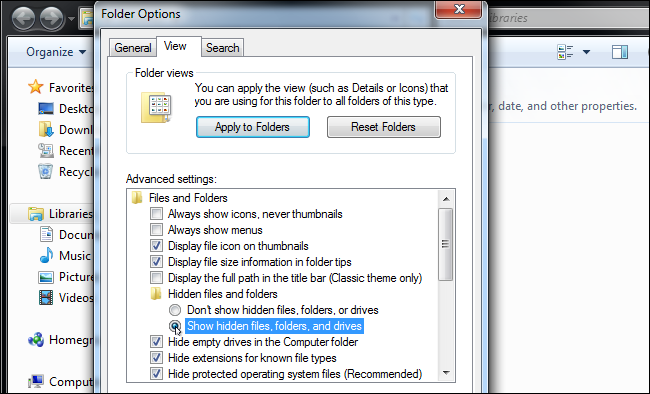How To Check For Ghost Files On Command Prmpt On Mac
You can sign in with your Microsoft account information from Step 1.  Click Yes when prompted to let the app access your information.
Click Yes when prompted to let the app access your information.
The command line is a text interface for your computer. It's a program that takes in commands, which it passes on to the computer's operating system to run. From the command line, you can navigate through files and folders on your computer, just as you would with Windows Explorer on Windows or Finder on Mac OS. Below is a complete list of Command Prompt commands, often called CMD commands (and sometimes incorrectly as Command Prompt codes), available from the Command Prompt in Windows 8, Windows 7, Windows Vista, and Windows XP.

 Although some OS X file systems permit the use of these other characters, including spaces, you must do one of the following: • “Escape” the character—put a backslash character ( ) immediately before the character in the path. • Add single or double quotation marks around the path or the portion that contains the offending characters. For example, the path name My Disk can be written as 'My Disk', 'My Disk', or My Disk. Single quotes are safer than double quotes because the shell does not do any interpretation of the contents of a single-quoted string.
Although some OS X file systems permit the use of these other characters, including spaces, you must do one of the following: • “Escape” the character—put a backslash character ( ) immediately before the character in the path. • Add single or double quotation marks around the path or the portion that contains the offending characters. For example, the path name My Disk can be written as 'My Disk', 'My Disk', or My Disk. Single quotes are safer than double quotes because the shell does not do any interpretation of the contents of a single-quoted string.
Steps To Remove Computer Viruses Using Command Prompt: Step 1. Click on Start and type cmd. Now right click on the cmd icon and select run as administrator. Running the command as administrator is important as you need to access the system files which are not usually visible in guest accounts. Now command prompt window will open, now select your drive from which you want to remove a virus. Let us suppose your USB has a virus and your USB drive is F. Type “F:” without quotation on Command line. Step 3. Now the C: will change to F: Now you need to type “dir F:” in CMD and hit enter.
Computer Ghost Files
• By visiting this page, you will get suitable solution to restore deleted files from Windows 7 ultimate system. Go through this page to know how to retrieve deleted files if not found in Recycle Bin folder on Windows system. • Restore deleted files saved on desktop of your Windows computers by visiting this page. Simple strategy to rescue erased files that were too big to hold in Recycle Bin folder is given here, visit page for complete details. • Easily get back huge files after accidental deletion from any Windows computer or notebook by navigating here.
We have seen Command Prompt with a black screen and white font since forever. Because it is the default theme. What most users do not know is that colors in command prompt can be easily changed. So here most wanted in all CMD tricks. To do so, right-click at the top corners of Command Prompt, then select “ Properties” from the menu. In the properties, click on “ Colors” tab and you will find all the options to change color of both text and background. Star Wars IV Trick.
Microsoft outlook for apple mac. Outlook 2016 for Mac, the latest iteration of the email and calendaring app, is a worthwhile upgrade for existing users. But if you don't already use Outlook, the new edition probably won't offer. Office 365 Commercial customers can get the new Outlook for Mac by accessing their Office 365 Portal, (Gear icon > Office 365 Settings > Software > Outlook for Mac icon) or visiting the Software page Office 365 consumer subscribers can get the new Outlook for Mac by going to their My Account page.
If you are currently in the command prompt and have a file called test.png and, which are located in c: test you can do the following: If you are at the directory (so should say c: test>) just type: test.png which would open test in the default png picture editor. If the files name contains spaces, then simply enclose the file name within ' ' 'this image.png' You can alternatively type: c: test test.png which will open the file no matter where you currently are. Finally, you can pass the picture to another program. For example, if you have an image editor called imageedit.exe and it supports opening files through command lines (and if the program is pathed/accessible or you are in it's current directory), you can type the following: imageedit c: test test.png. If you are in PowerShell (at the PS (current-directory) > prompt), and you want to open a file in the current directory, you may try this. If you are in the Command Prompt, you can accomplish the same result by typing powershell -c. Myfile.ext (You must include the., as PowerShell doesn’t load files from the current location by default.) Or you can provide a directory name (relative or absolute) if the file isn’t in the current directory.